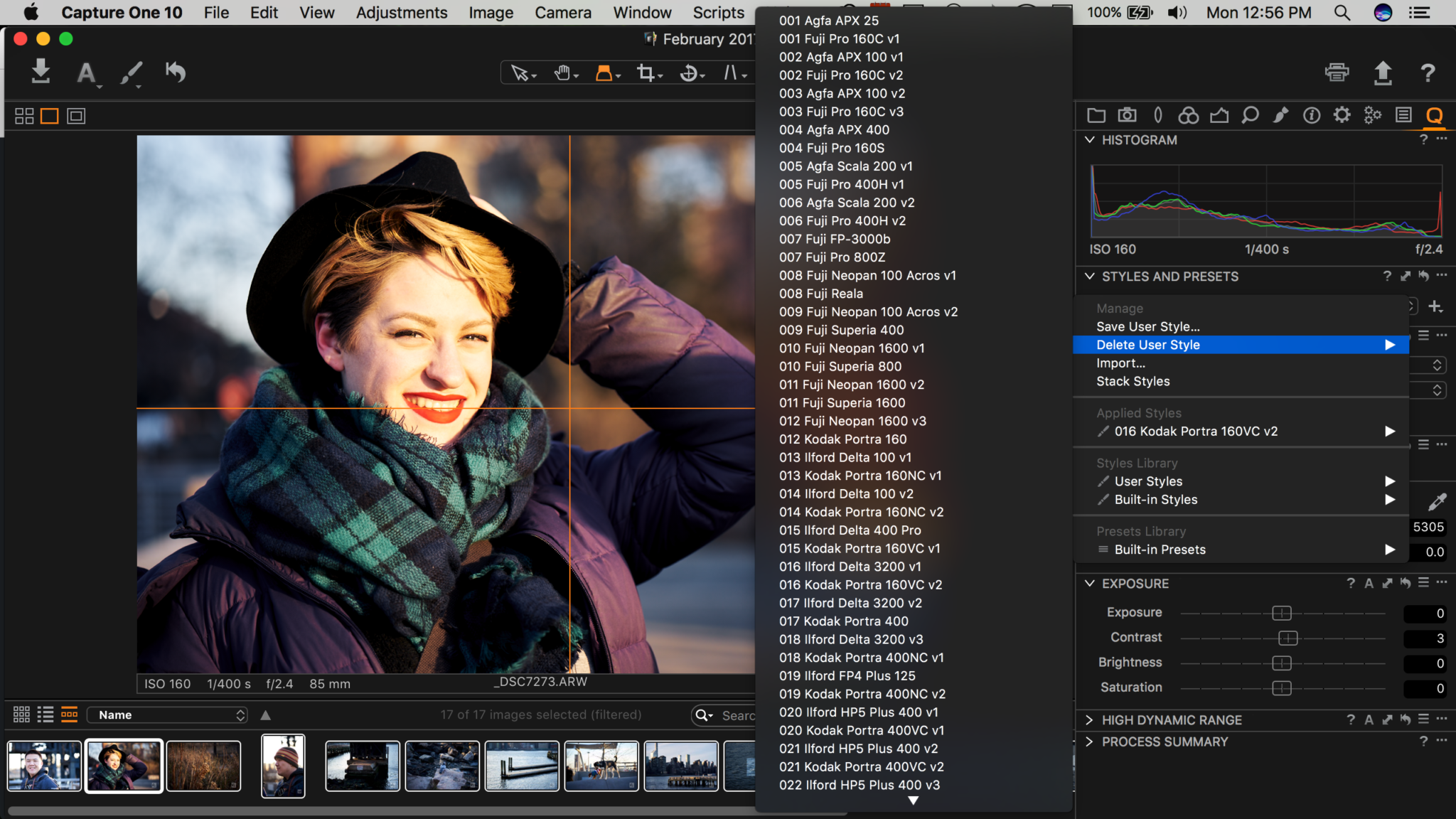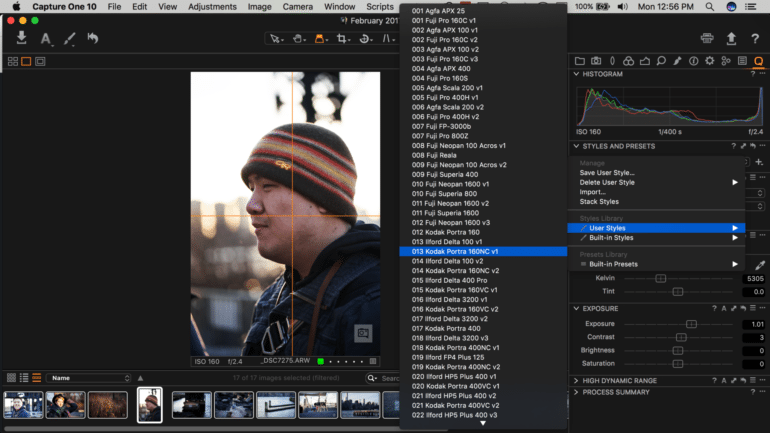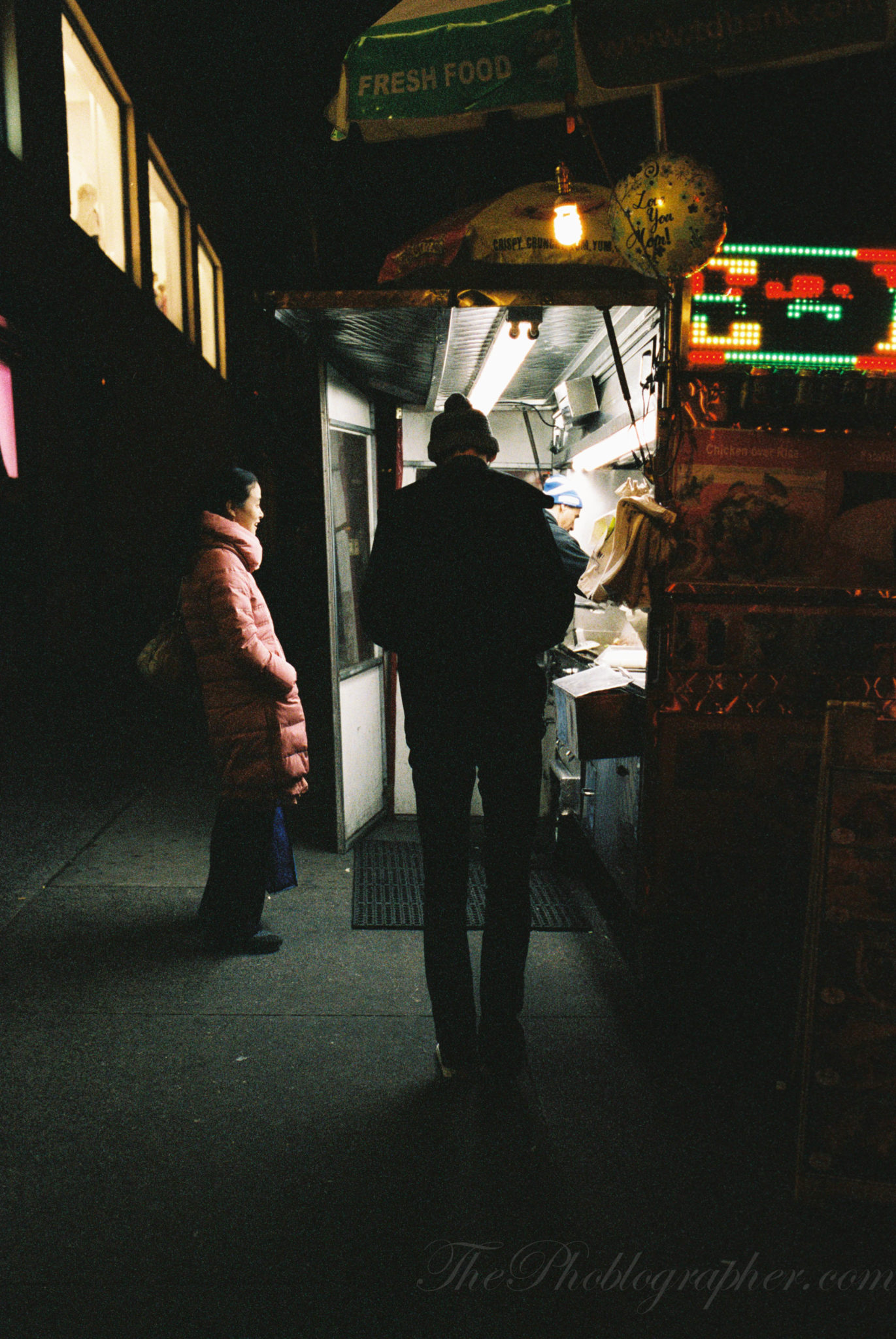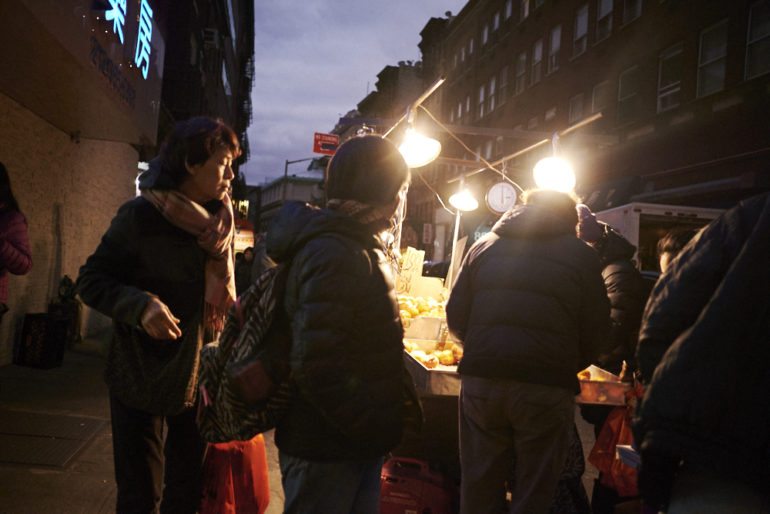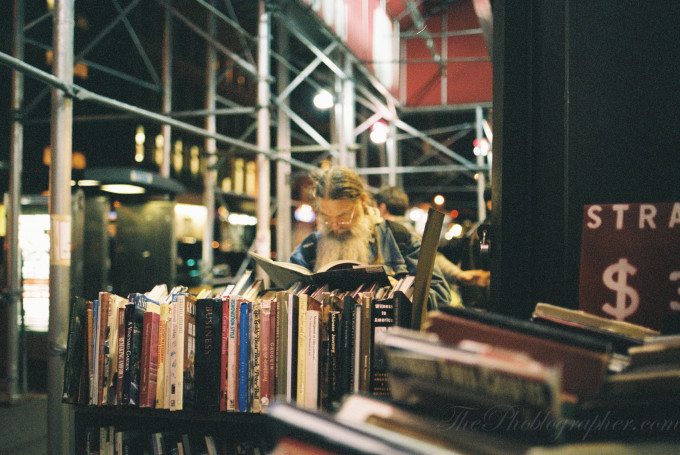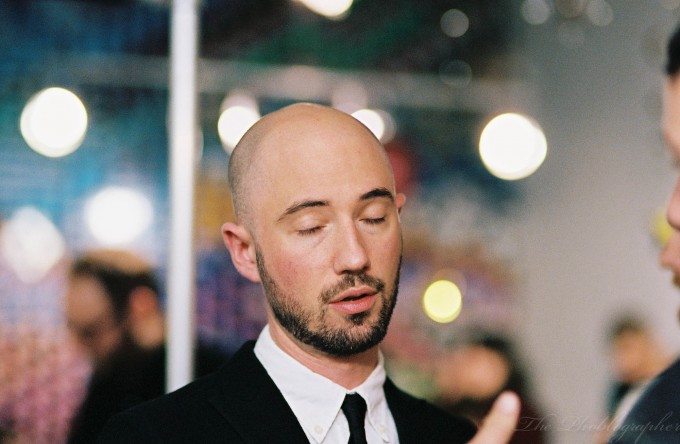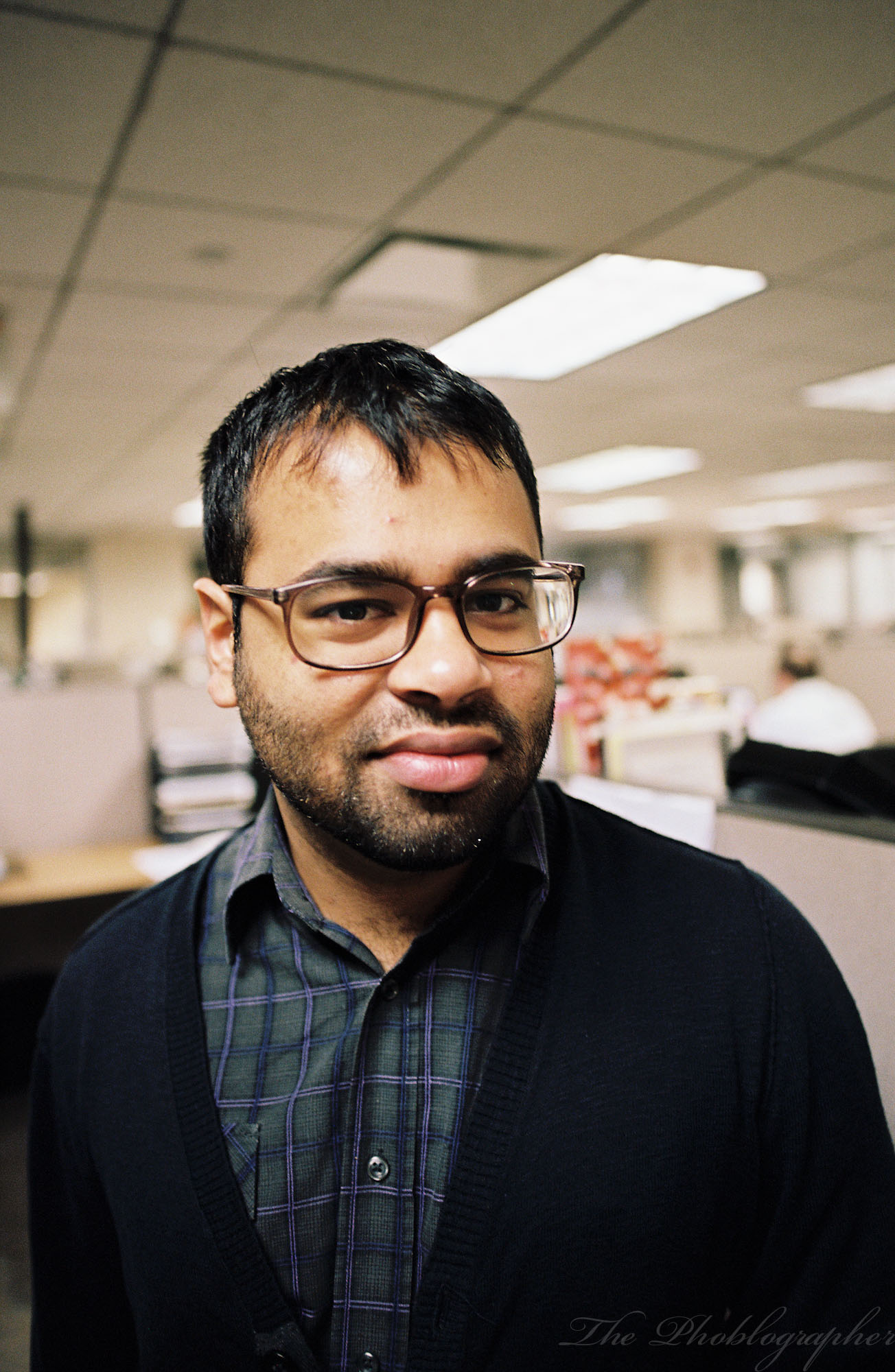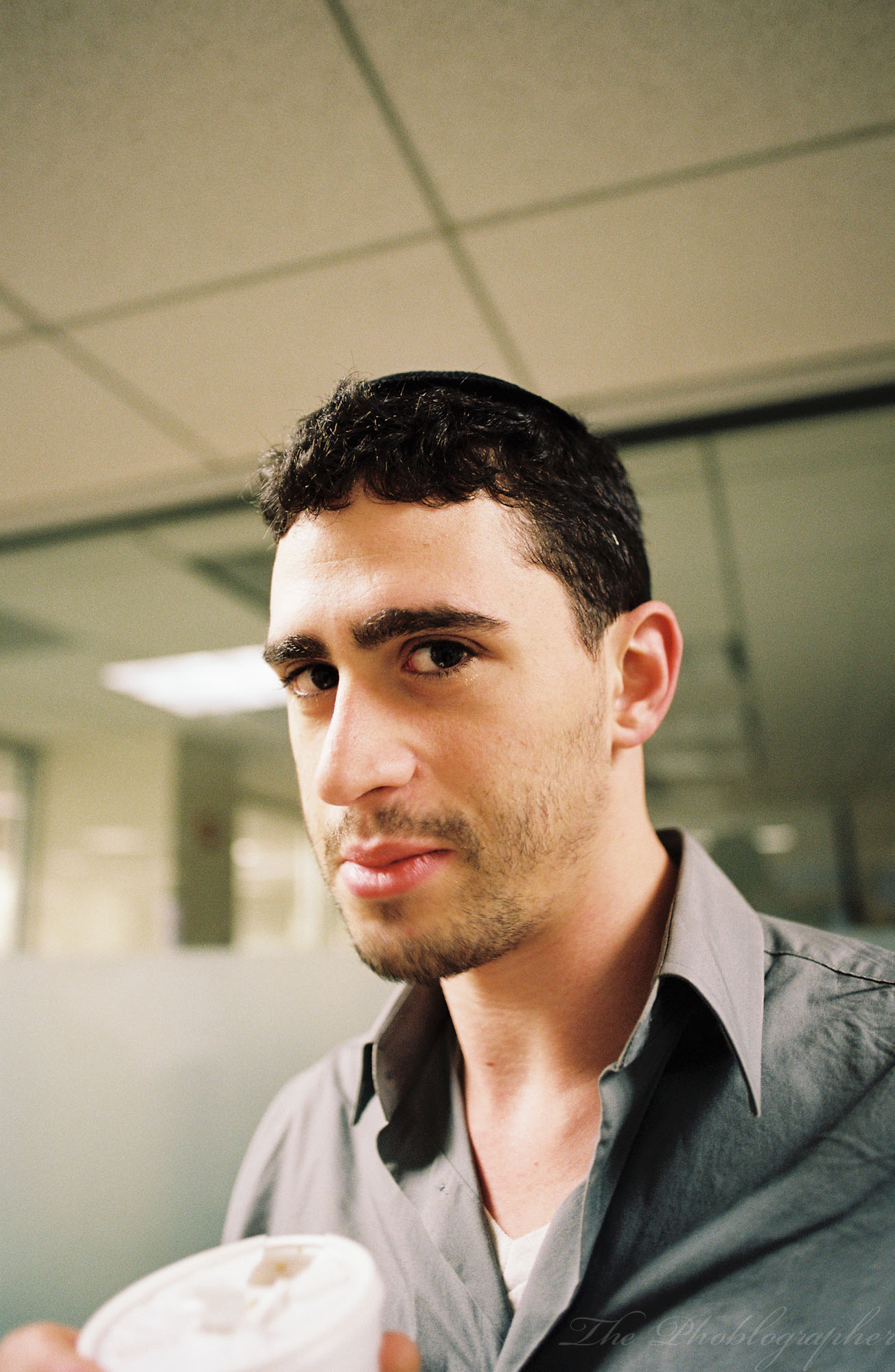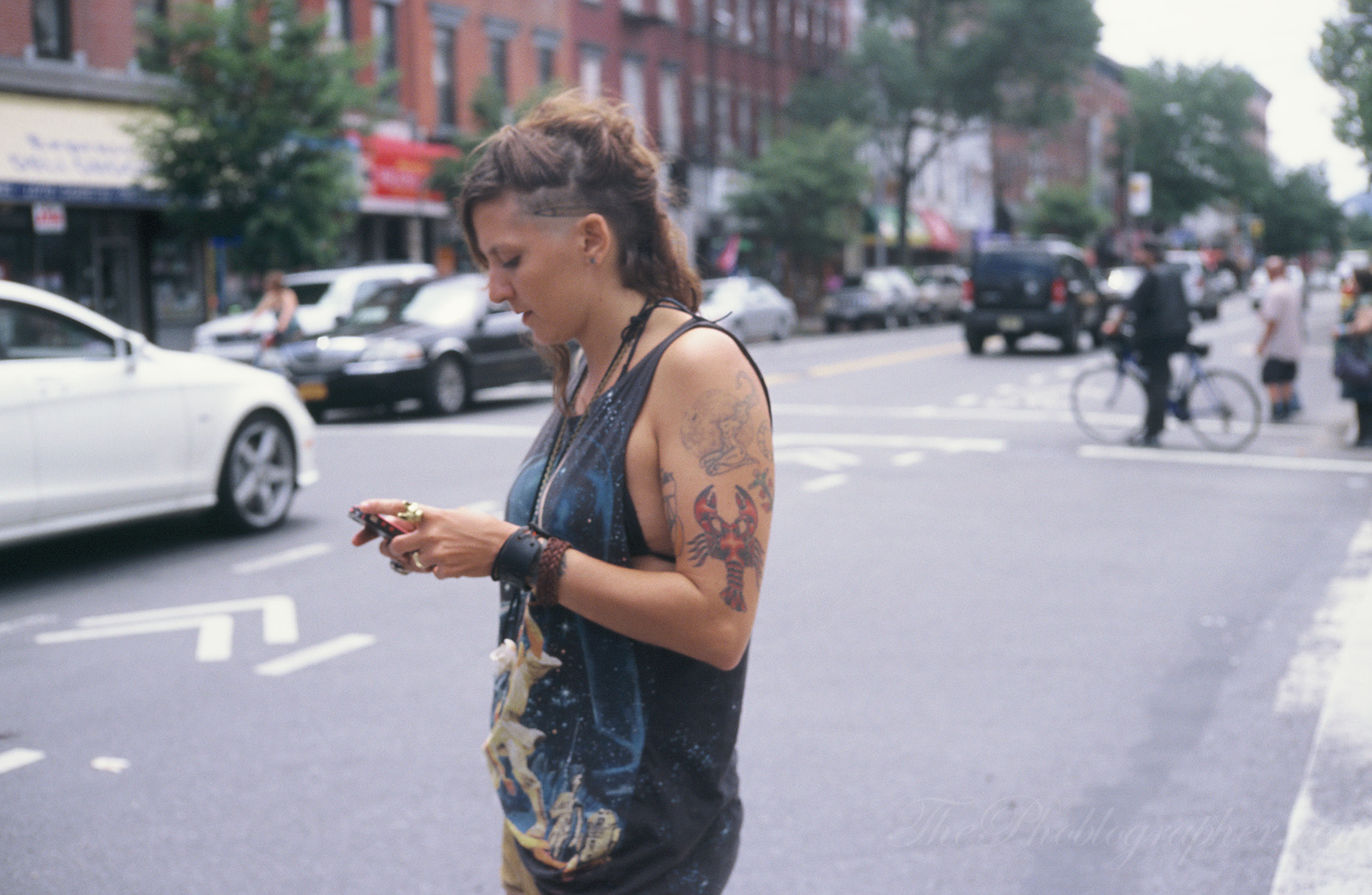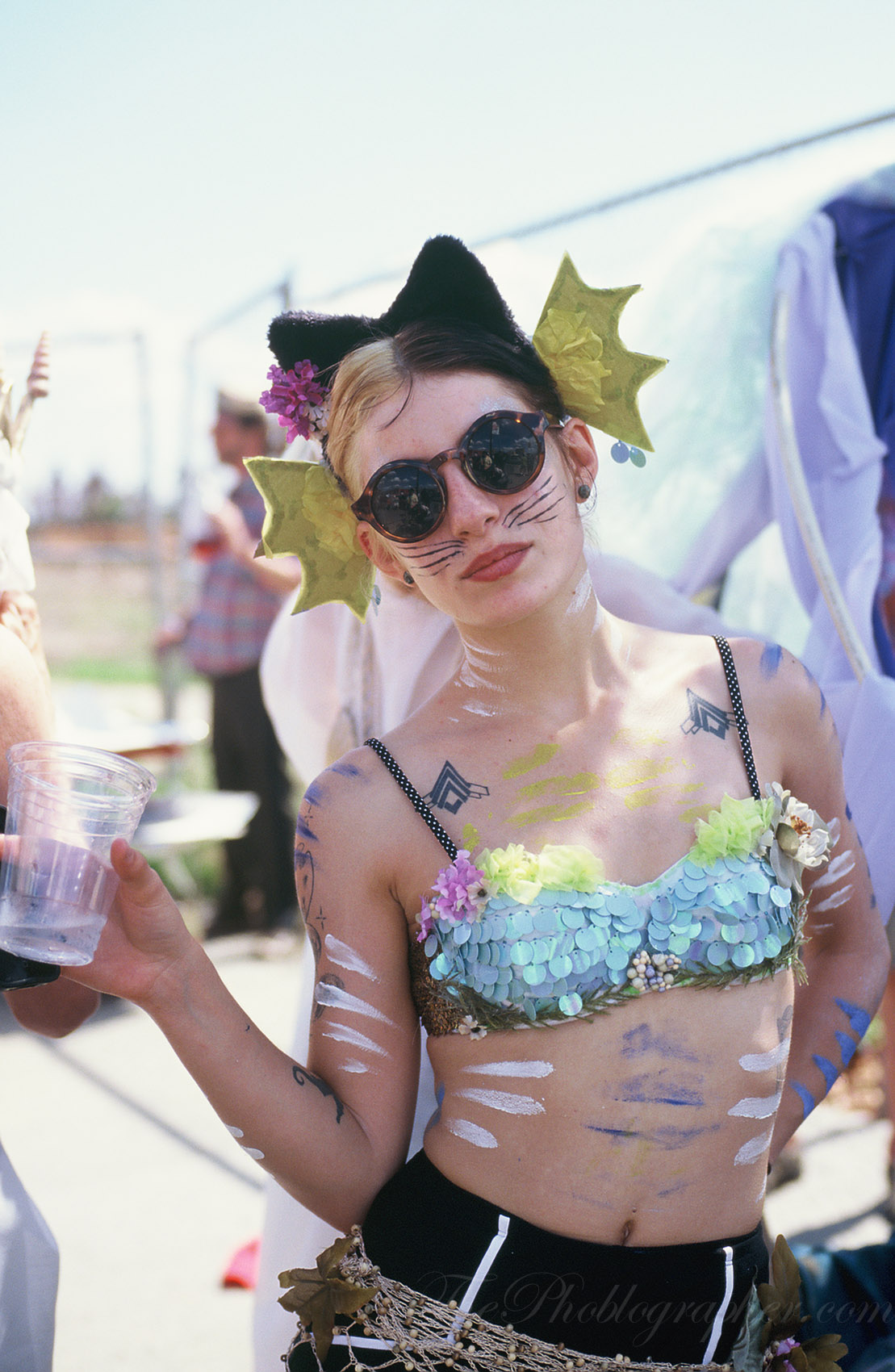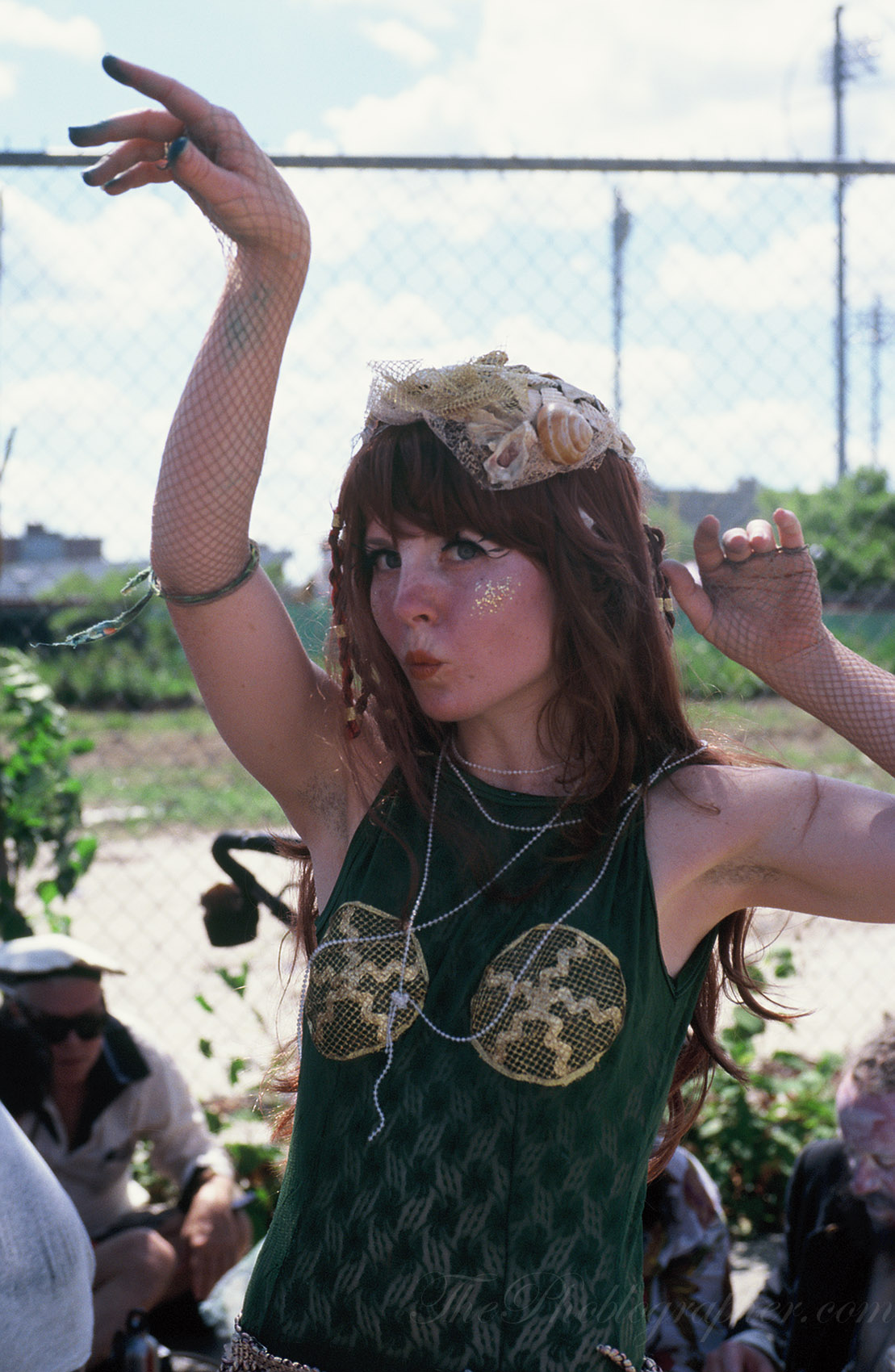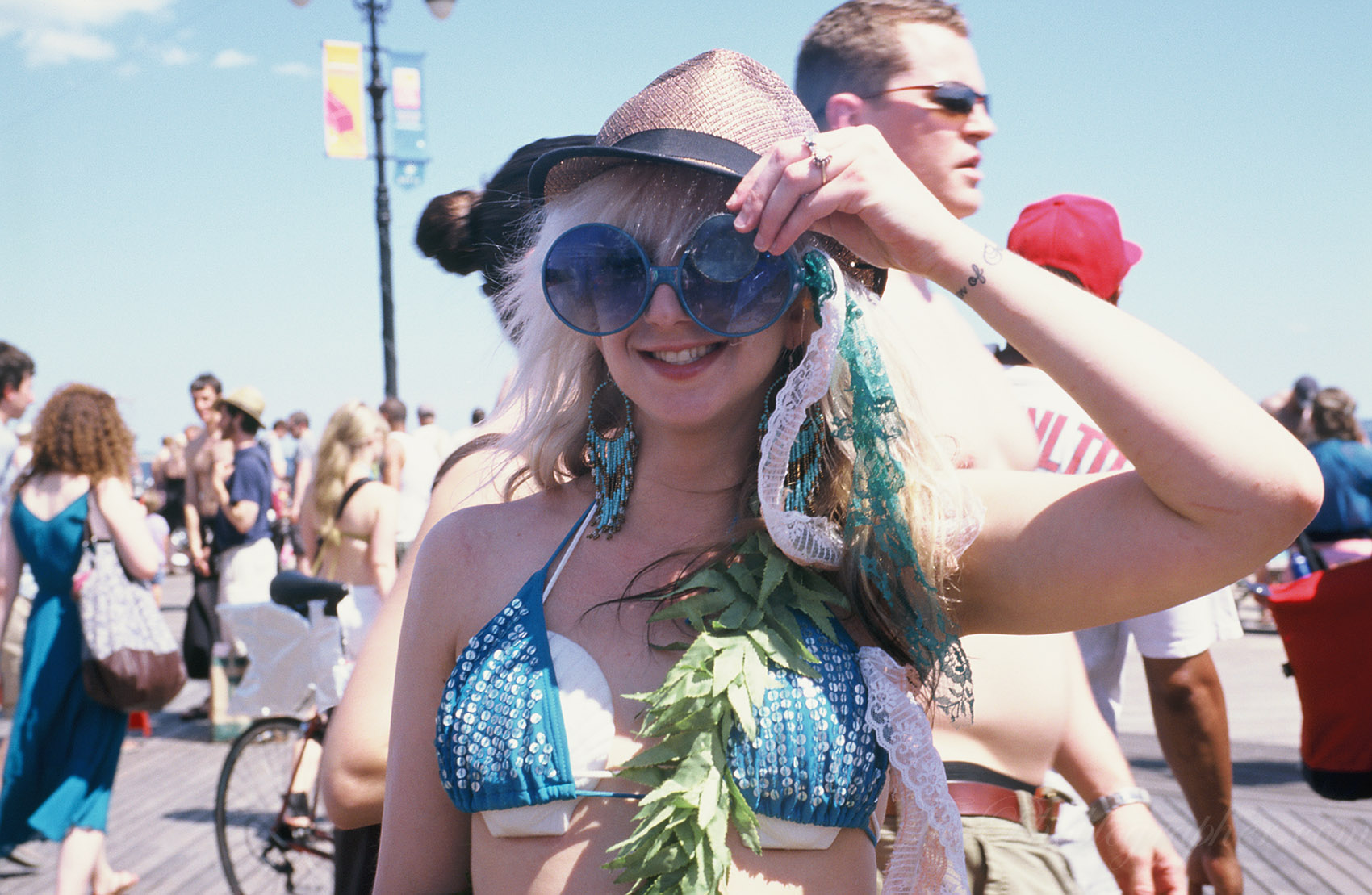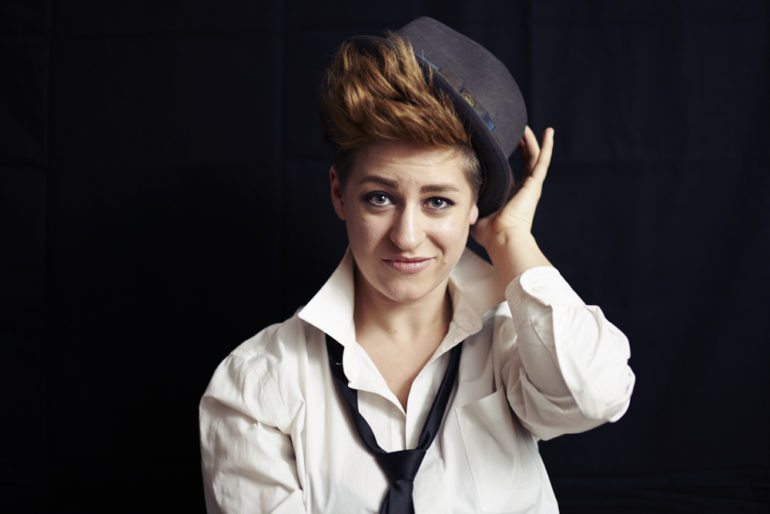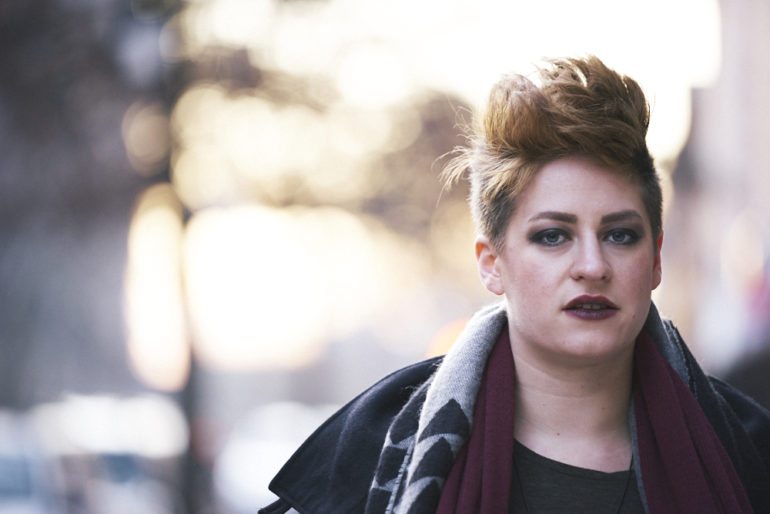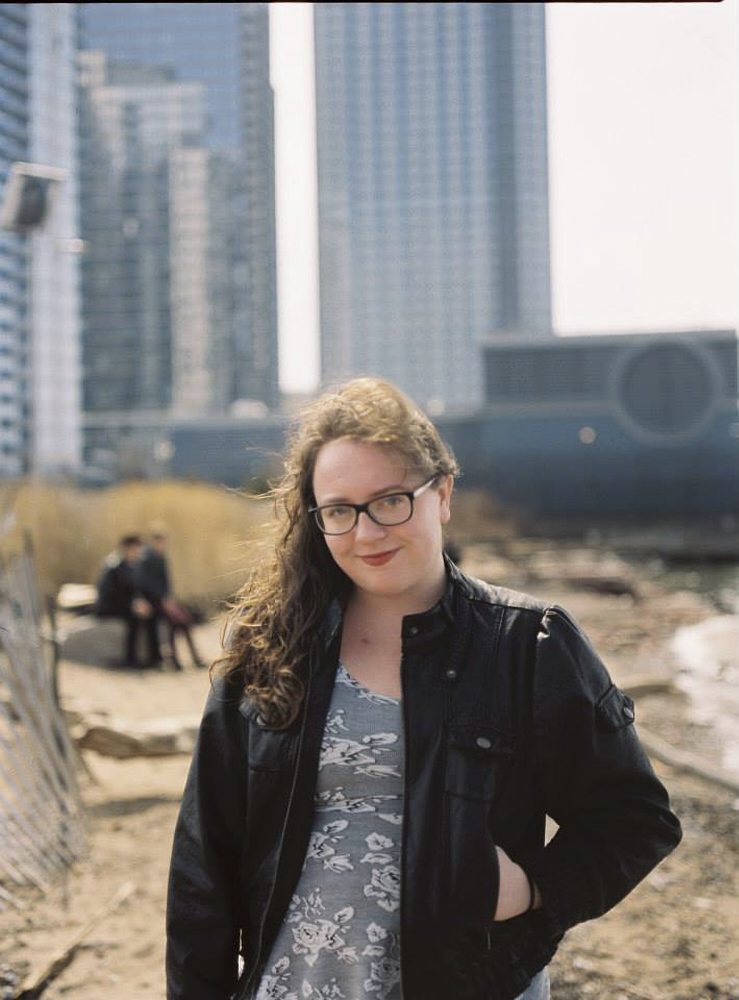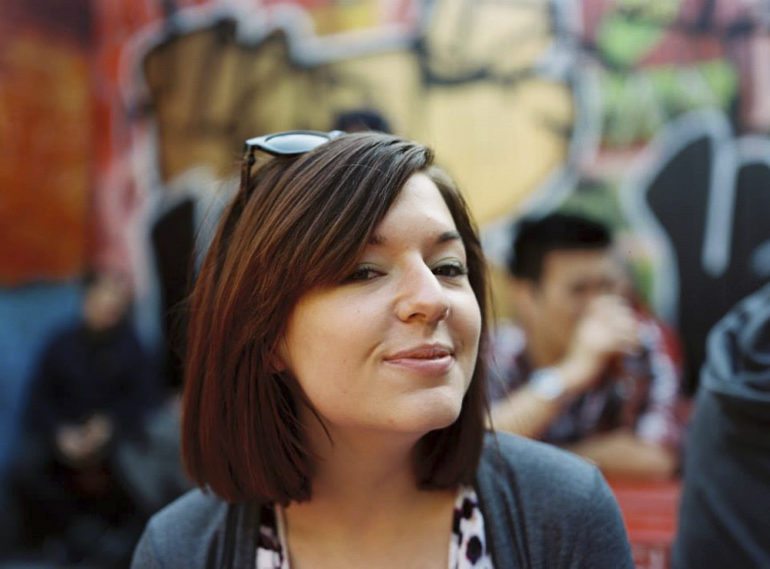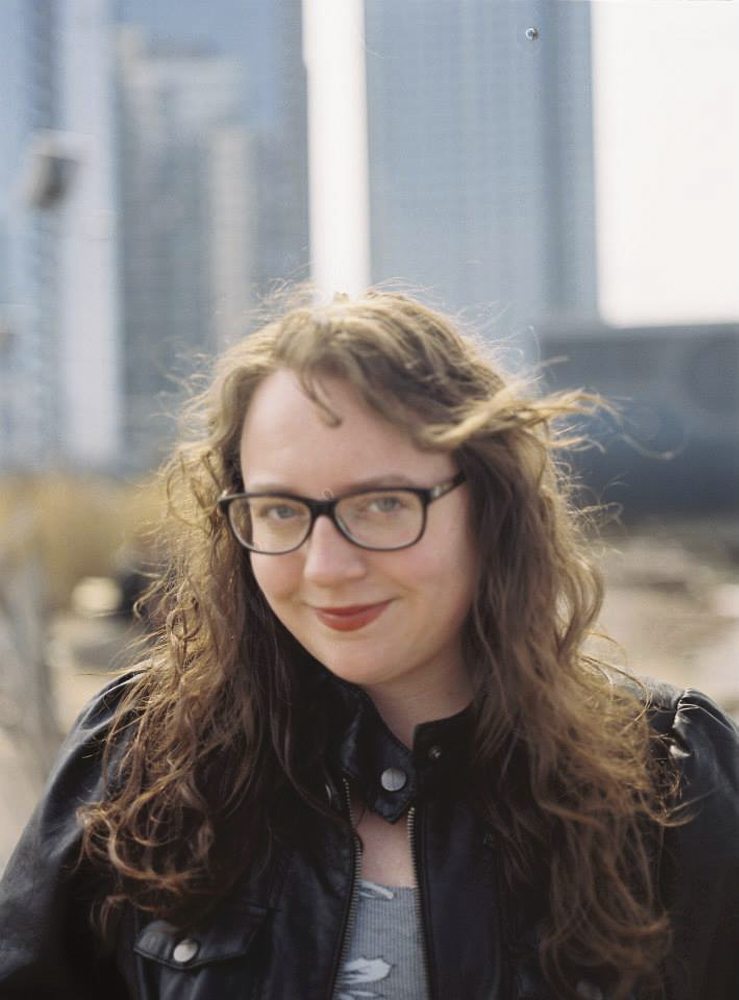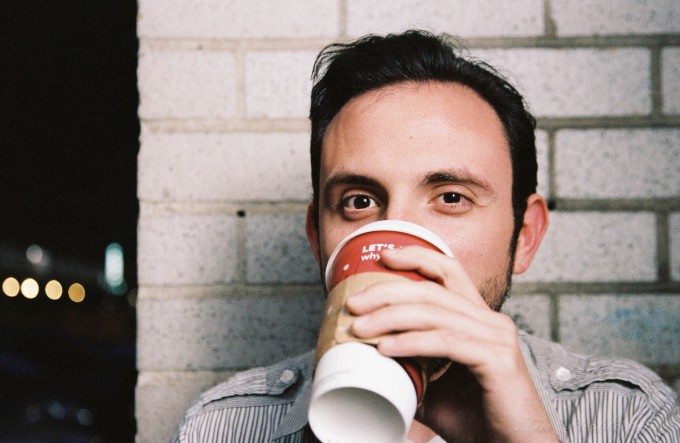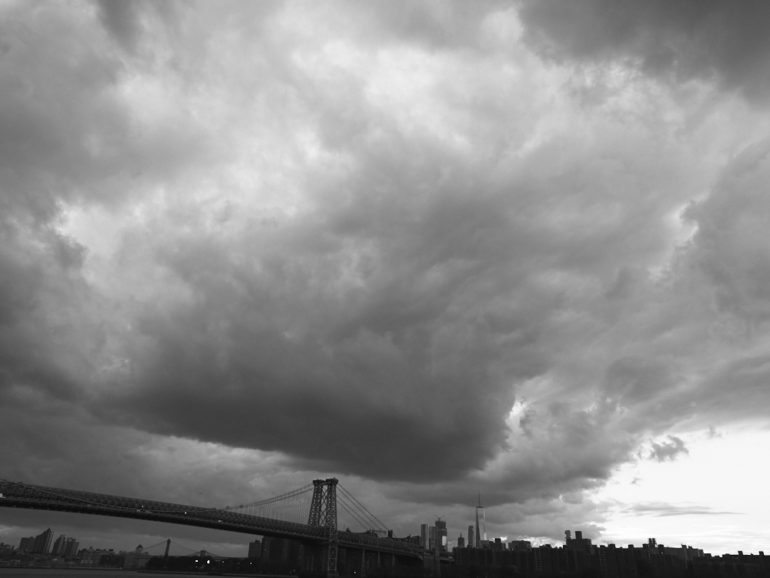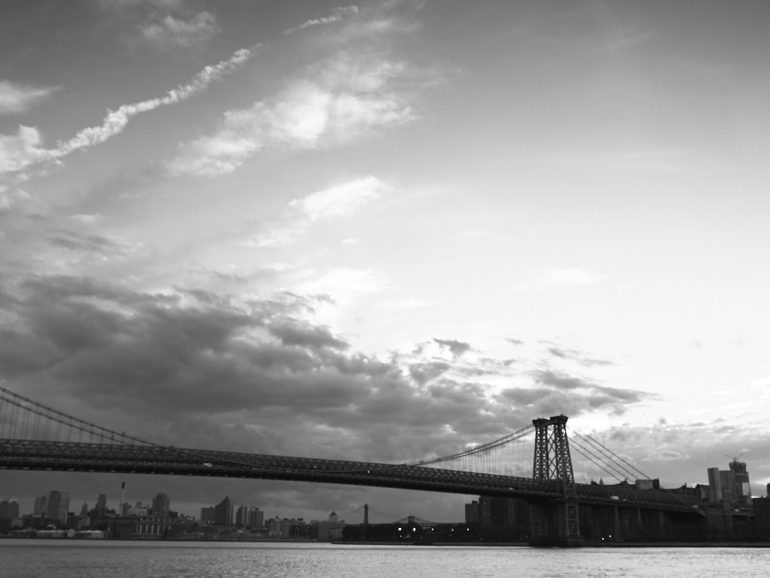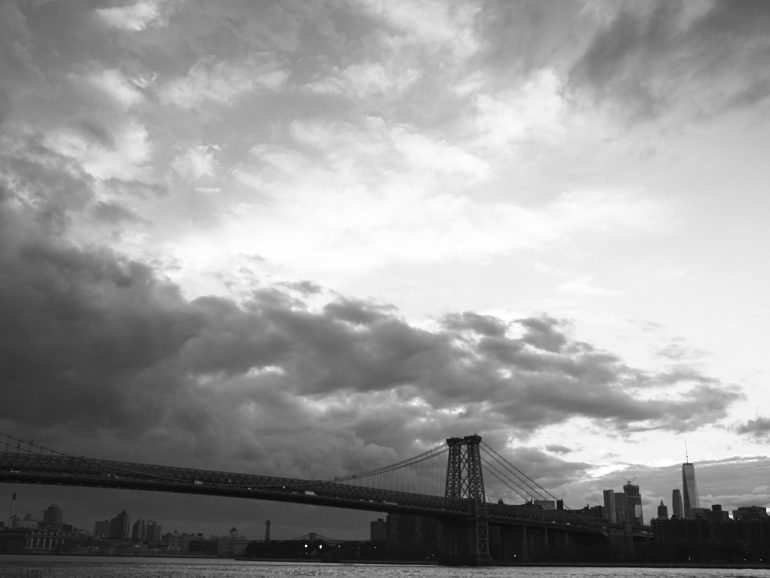Last Updated on 03/01/2017 by Chris Gampat
For a fairly long time now, I’ve ditched Lightroom for Capture One and I couldn’t be happier. But something I’ve missed is having film profiles for my images–if not because they didn’t necessarily look like film, because I just genuinely liked the look of the photos. Then I discovered the Capture One Styles, that makes the Capture One Film styles which emulate the look of lots of very popular film emulsions.
Considering just how good Capture One is, I was very delighted to test these out. But for this film shooter, I found some disappointment.
Before you go on reading this review, note that this is my opinion. It’s not a bad product, but instead a fairly good starting ground for photographers. Your images won’t look like film in one click though–you’ll need to do a fair amount of work to make them look as such.
Features
Full list taken from the company website:
Full list of the styles of «Original Film Styles Set»:
Color styles: Fuji Pro 160C (v1-3), Fuji Pro 160S, Fuji Pro 400H (v1,2), Fuji Pro 800Z, Fuji Reala, Fuji Superia 400, Fuji Superia 800, Fuji Superia 1600, Kodak Portra 160, Kodak Portra 160NC (v1,2), Kodak Portra 160VC (v1,2), Kodak Portra 400, Kodak Portra 400NC (v1,2), Kodak Portra 400VC (v1,2), Kodak Portra 400UC, Kodak Portra 800, Kodak Ultra Color 100UC, SL Agfa RSX II 100, SL Agfachrome 1000RS (v1,2), SL Fuji Astia 100F (v1,2), SL Fuji Fortia SP (v1,2), SL Fuji Provia 100F (v1,2), SL Fuji Provia 400X (v1,2), SL Fuji Velvia 50 (v1,2), SL Fuji Velvia 100 (v1,2), SL Fuji Velvia 100F (v1,2), SL Kodak Ektachrome 100G (v1,2), SL Kodak Ektachrome 100VS (v1,2), SL Kodak Ektachrome 200, SL Kodak Ektachrome mid-1970s (v1-3), SL Kodak Kodachrome 25, SL Kodak Kodachrome 64, SL Kodak Kodachrome 200, PL Fuji FP-100c, PL Polaroid 669, PL Polaroid 690, PL PX-70, PL PX-680, PL Time-Zero Polaroid (Expired).
Black&White styles: Agfa APX 25, Agfa APX 100 (v1,2), Agfa APX 400, Agfa Scala 200 (v1,2), Fuji FP-3000b, Fuji Neopan 100 Acros (v1,2), Fuji Neopan 1600 (v1-3), Ilford Delta 100 (v1,2), Ilford Delta 400 Pro, Ilford Delta 3200 (v1-3), Ilford FP4 Plus 125, Ilford HP5 Plus 400 (v1-3), Ilford Pan F Plus 50, Ilford XP 2 Super 400, Kodak BW 400CN Pro, Kodak Panatomic-X 32 (v1,2), Kodak Plus-X 125PX (v1,2), Kodak T-MAX 100 (v1,2), Kodak T-MAX 400, Kodak T-MAX 3200 (v1-3), Kodak Technical Pan, Kodak Technical Pan — Technidol, Kodak TRI-X 400 (v1-3), Kodalith, Polaroid 665.
New film styles with «Film Styles Extended Set»
You will find 100 new film styles and grain emulation styles in «Film Styles Extended Set». Learn more.
Important!
«Film Styles Extended Set» isn’t an upgrade or replacement of «Original Film Styles Set», it is a completely new set of styles and does not includes styles from Original Set.
Ease of Use
Importing the company’s presets are pretty simple to do. You go to the Import presets/styles option, find the folder, select the styles, and there you go – they’re imported!
These styles can be selected in various areas of the Capture One interface. But most photographers may have to work with them in the basic panel. Me personally, I prefer to apply the preset and then fine tune everything myself. The reason I do this is because, while I feel like the presets offer a pretty good look overall to your photos, they don’t look like film.
Image Quality
Before you go on, please note that of any of the major independent photography blogs out there I’m probably the harshest on any manufacturer when they create film-like presets. Over the years and with more and more film shooting experience, it’s coming even harsher. For the general crowds out there, you’ll probably immediately think these presets make your photos look like film (and I’m not just talking about Capture One Styles) but they don’t. RNI Films comes the closest in my opinion.
Let’s take a look here.
Fujifilm 400H
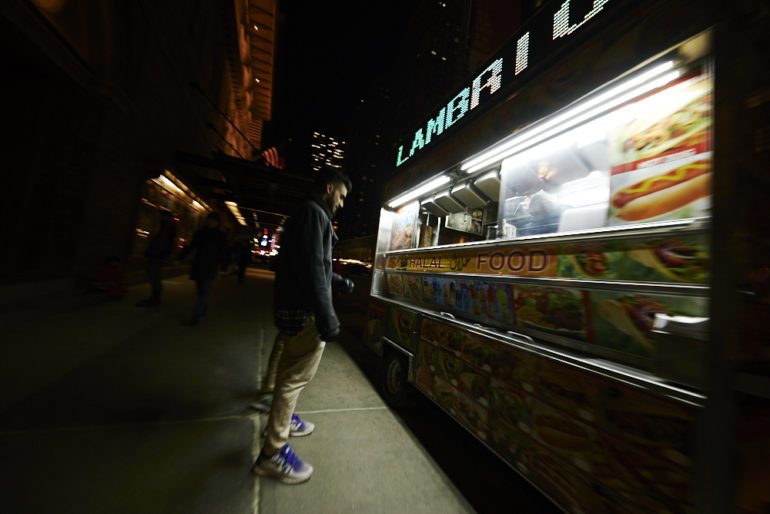
Here’s what Fujifilm Pro 400H’s rendering looks like in a scene shot with a Sigma 12-24mm f4 and the Canon 6D. The profile is applied with no adjustments added. It looks nice, but it can be better. So does it look like the film?
Years ago when I was reviewing the Sigma 35mm f1.4 Art lens, I ran a roll of Fujifilm 400H through my Canon EOS Elan 7 with the lens attached. Both lenses are from the same company. The image above was shot with actual film. In my opinion, the tones aren’t there. Fujifilm tends to go pretty green with their tones and the Capture One Film styles aren’t rendering the tones or shadows right.
As you can also see, it’s a very similar lighting situation.
The photo above is another digital photo.
Then here’s the actual film with another similar lighting situation. Again, the digital rendering is off.
Kodak Portra 160 VC
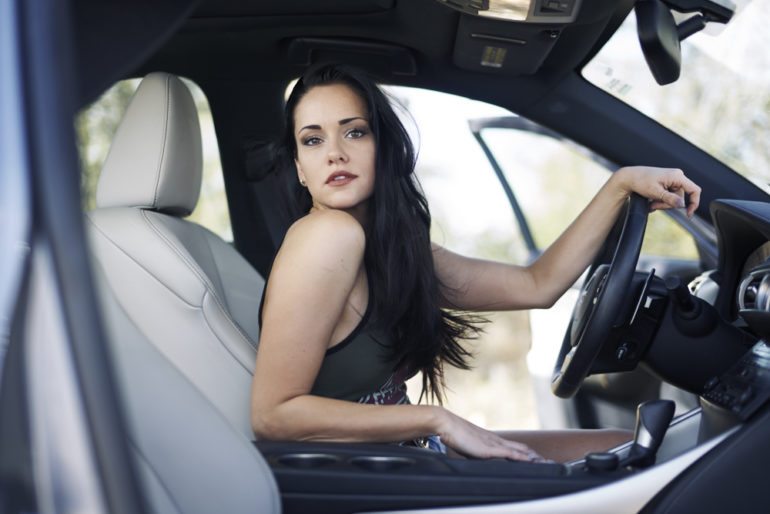
Now here’s their rendering of Kodak Portra 160 VC. Personally, I’m not a fan, but let’s look at this in another similar lighting situation.
Here’s a photo shot with Kodak Portra 160VC, the actual film. Below are two more images shot with the actual film.
When you look at the three Kodak Portra 160 VC photos and compare them to the Capture One Styles rendering, you’ll see that Kodak Porta 160 is far superior when it comes to the color rendering. Again, I can’t really get behind the film styles.
Kodak Ektachrome 100
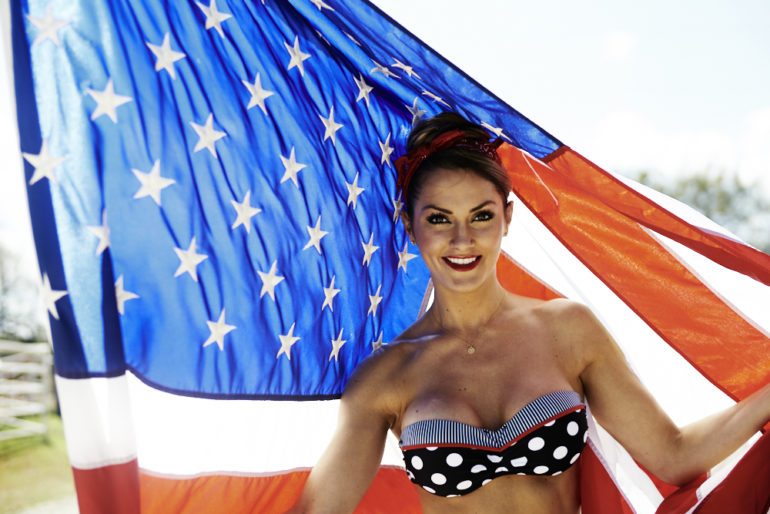
Here’s where my previews start to really get intense. Kodak Ektachrome is my favorite emulsion and it’s coming back out later this year. I’ve written a number of pieces on this blog about the emulsion and I know it very well. So these photos are Capture One’s Film styles.
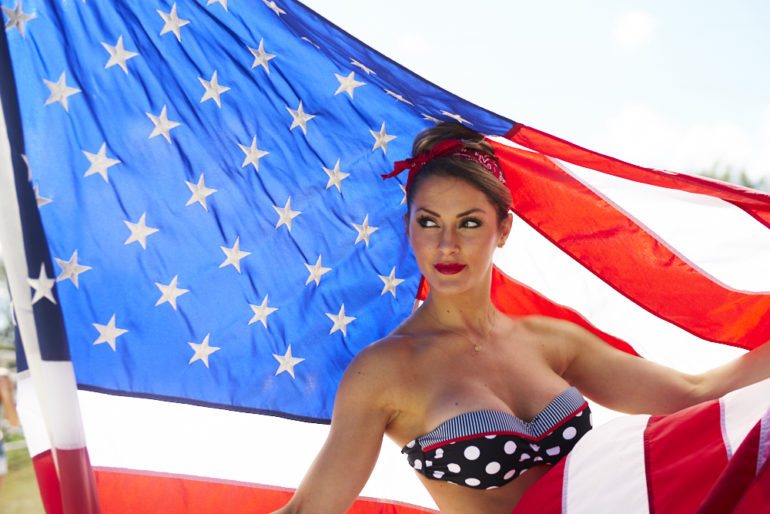
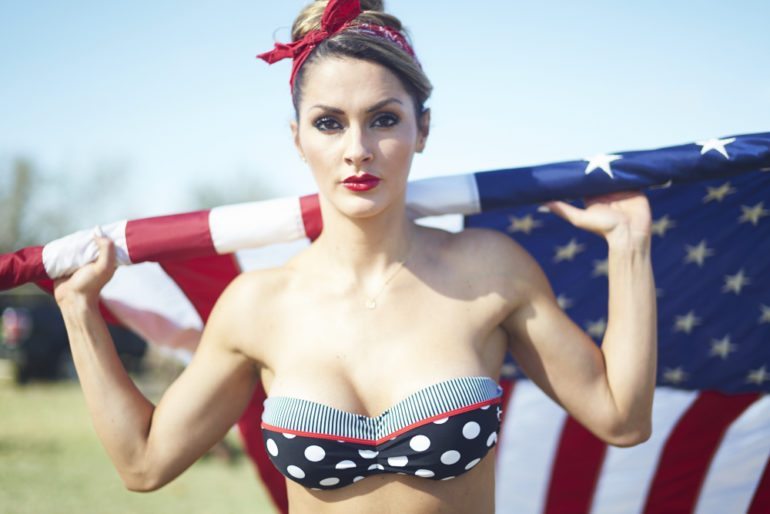
Again, I’m using various lighting situations to show off the results. The results look nice; I genuinely need to give it to them here. But they’re not what the film looks like. Below are images shot on actual Kodak Ektachrome 100G.
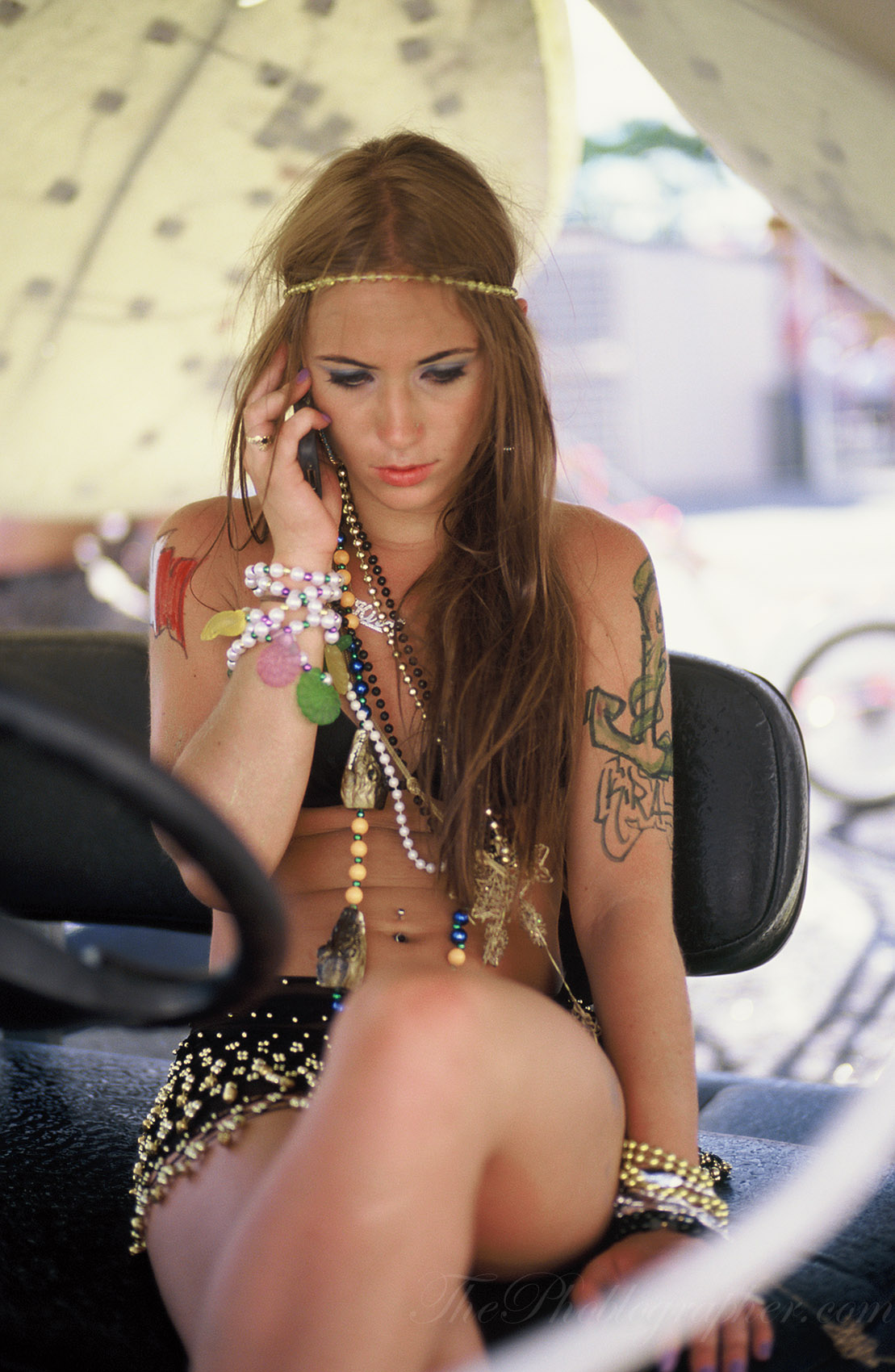
Now again, I like what Capture One Film Styles is doing, but they don’t look like the film. The film does a better job with detail rendition and shadows than Styles is giving it credit for. This is one of the reasons why I’m so happy Ektachrome is coming back.
Fujifilm FP 100-C
Now here’s another one where I’m very confused. This is Capture One Film Styles’ rendition of Fujifilm 100-C.
Now here’s an actual scan from the film. Again, wayyyyyyyy off.
Kodak Portra 400 VC
Now here’s where I’m starting to get even more confused. The photo above and below are with Kodak Portra 400 VC.
This is closer to what the actual film does. But let’s look at what the film does in real life. The images below are shot with the film.
You see, here is where the company is getting closer to render actual film but they’re still quite a ways off.
Kodak Tri-X 400
Here’s Capture One Film Styles’ rendering of Kodak Tri-x.
Now below, here is actual Tri-X.
Now, Capture One Film styles gets closer here. It’s not bad at all but it also isn’t perfectly spot on with Tri-X.
Conclusions
Capture One Film styles aren’t bad at all–but a lot of their renditions don’t look like film. They can be manipulated to do so, but even when you set your camera to shooting in Daylight and the specific ISO setting of film, then apply the style, you’re still not guaranteed to get the look you want or need if you want your digital photos to look like film. However, you’ll find a nice rendering you can use.
Still though, if you’re a film shooter then you’re going to be disappointed.
Capture One Styles Film Styles receive three out of five stars.


